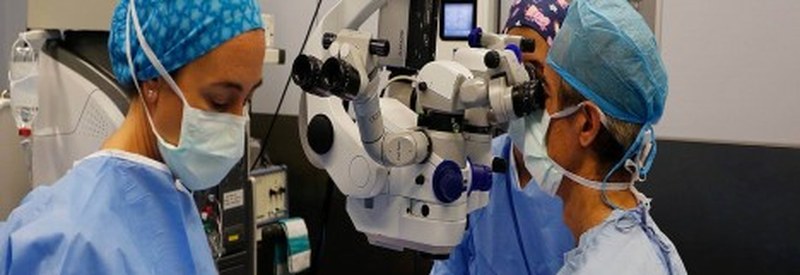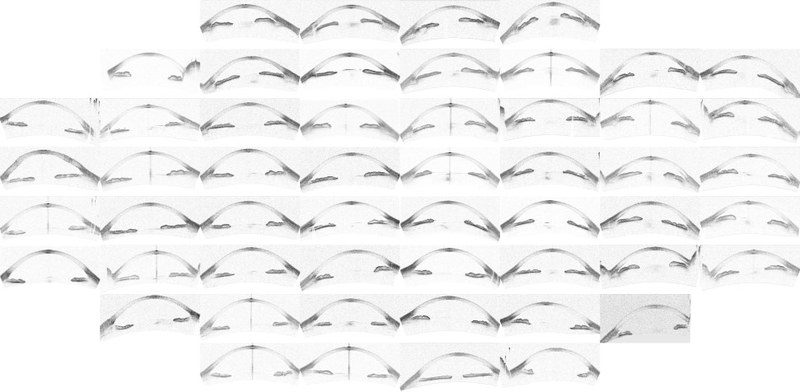Image processing method for glaucoma detection and computer program. MKT2019/0167_H
UPC, Instituto de Microcirugia Ocular (IMO) and Max Planck Society have been developed an image processing method for ordering anterior chamber optical coherence tomography (OCT) images in a fully unsupervised manner. Ref. MKT2019/0167_H
Image processing method for glaucoma detection and computer program. MKT2019/0167_H
UPC, Instituto de Microcirugia Ocular (IMO) and Max Planck Society have been developed an image processing method for ordering anterior chamber optical coherence tomography (OCT) images in a fully unsupervised manner. Ref: MKT2019/0167_H
El repte/The challenge
The world population is aging, which carries a high risk of eye diseases that significantly affect the quality of life. Thus, many efforts are nowadays focused on the development of reliable, cost-effective analysis tools able to improve the early diagnosis and follow-up of eye diseases. Many automated methods for the detection of eye diseases have been proposed, but their success varies significantly with the image modality, image quality and the number of images available in the dataset.
La tecnologia/The technology
The algorithm provide novel tools for assessing OCT images of the anterior chamber. They can be used for direct classification of the images defined by the ophthalmologists(closed, narrow, open and wide open) and, furthermore, they can be linked to established quantities used for characterizing diseased eyes (like chamber depth, iris-corneal angle) resultin in an automatic detection system. As the algorithm is fully unsupervised, it can be easily automated and set up in OCT imaging systems to aid technicians and doctors in an early diagnosis.
Avantatges innovadores/Innovative advantages
The two main advantages of the algorithm demonstrated here over previous works are that it doesn’t need any ground truth or gold standard for training, and it does not rely on specific landmarks; thus, it can analyze images in which relevant landmarks are not visible or not easy to locate.
Importantly, this method is fully autonomous and can be used to analyze images with a wide spectrum of quality, even those with high levels of noise and artifacts.
The new algorithm have been tested with a set of images classified by two expert ophthalmologists, and with a larger set of annotated images.
Fase actual de desenvolupament/Current stage of development
Technology tested and ready to comercialize
Aplicacions i mercat objectiu/Applications and target market
Ophthalmic clinics can use the software to explain their patients the seriousness of their eye diseases, to encourage patients to operate or to start a treatment, to visualize the suc-cess of a treatment or the improvement produced by an operation, lens implant, etc.
Can be integrated in OCT imaging instruments.

An image processing method has been developed for ordering anterior chamber optical coherence tomography (OCT) images in a fully unsupervised manner.

Image map obtained when using IsoMap and the Euclidean distance, without performing the alignment step in the pre-processing of the images.
Oportunitats de negoci/Business opportunity
Tecnologia disponible per a ser llicenciada/Technology available to be licensed
Estat de la propietat intel·lectual i industrial/Intelectual property status
Patent sol·licitada/Applied patent
Contacte/Contact
Servei de Gestió de la Innovació
T. +34 934 13 76 23
gestio.innovacio@upc.edu